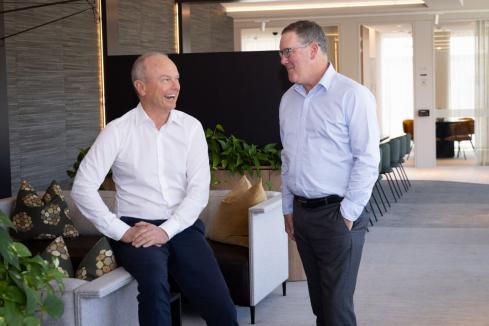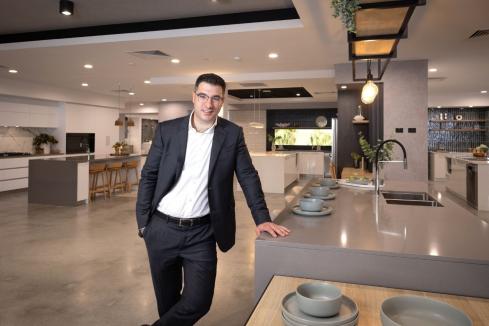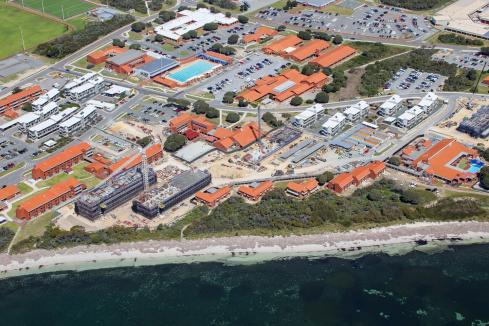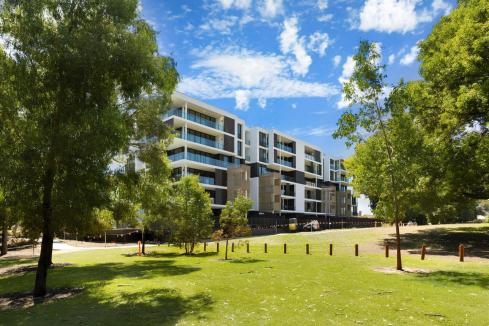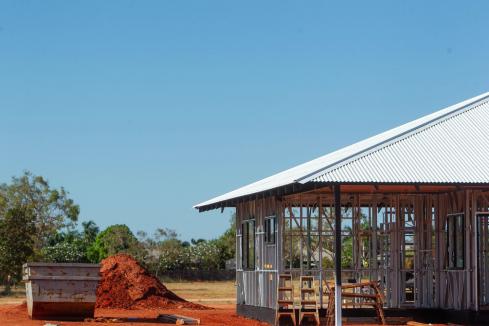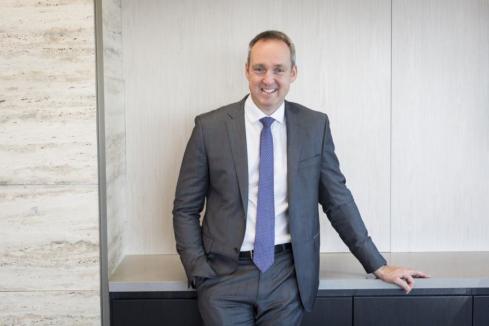Perth-based driver Calan Williams is taking inspiration from motorsport history to secure the capital required to break into the lucrative world of Formula 1.

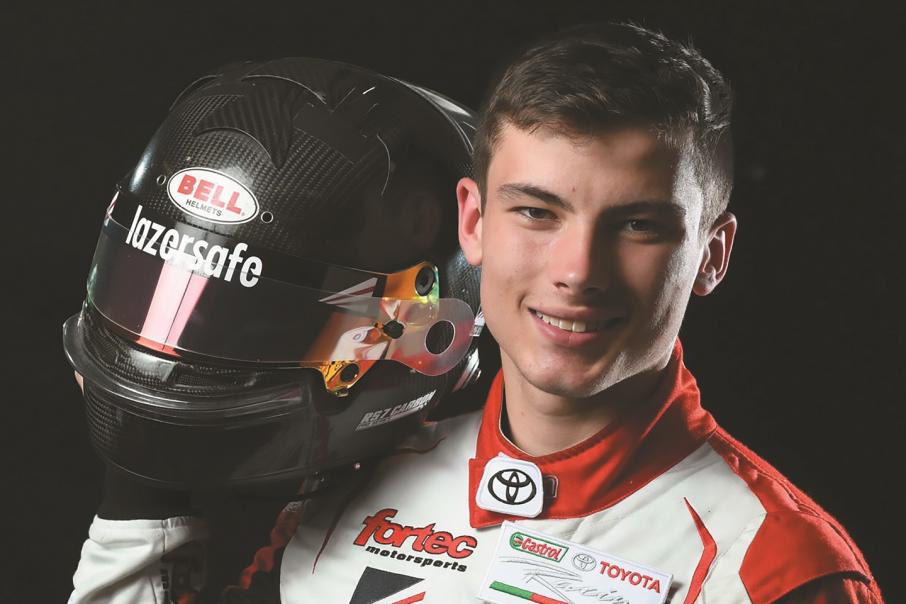
In the world of professional car racing, the story of English driver James Hunt’s rise to become an F1 world champion is one of the sport’s most unlikely and enduring tales.
Dramatised in the 2013 feature film Rush, the story involves a down-on-his-luck driver and a chance meeting with a wealthy English landowner – Lord Alexander Hesketh – who had aspirations of owning a world-renowned professional motor racing team.
The rest, as they say, is history, with Hunt climbing to the pinnacle of F1 racing with a World Drivers’ Championship in 1976, becoming celebrated driver Niki Lauda’s arch-rival along the way.
The gifted Hunt’s successes are among those 18-year-old Perth-based driver Calan Williams is seeking to emulate – in a professional sense, at least.
Calan is currently competing internationally in Formula 3 with the Fortec Racing Team, pursuing his childhood dream of becoming an F1 driver.
He was the 2017 Australian F3 Premier Series champion, and most recently has been driving in the Toyota Racing Series in New Zealand, against a crop of drivers that includes two individuals likely to be part of the next generation of F1 racers – Marcus Armstrong, who has been contracted to Ferrari, and Lucas Auer, who has signed a deal with Red Bull Racing.
While Calan has been experiencing success at F3, becoming an F1 driver requires considerable capital, because it is not until the top level of racing that drivers earn to a salary from their racing team.
Drivers are self-funded up until that point, responsible for sourcing the finance necessary to compete – either through sponsorship or endorsement, or from personal wealth.
“The aim for Calan is Formula 1 and it always has been,” Calan’s father, Greg Williams, told Business News.
“That’s something he’s confident about, but for us, to do that you have got to get to Europe and you need to be racing in Formula 3 championships in Europe.
“We got to F3 in Australia basically on sponsorship, we’ve managed to source just over $100,000; but the jump to a European budget is eight times that, so there was no way that our sponsorship base was going to be able to keep up.”
Realising it would be unlikely to find an individual donor willing to put forward the capital required for an F1 tilt, Mr Williams has established a business structure using the Australian Securities and Investments Commission’s small scale offerings exemption.
“We worked out that we needed to develop a concept to bring in wealthy investors,” Mr Williams said.
“People in Australian motorsport haven’t come across a structure quite like this, and even in Europe, people who have been around a lot think it’s quite unique as well.
“There are different versions of a business structure behind a racing team, but all of the other versions tend to come from a base of wealth.”
Under Asic’s small scale offerings exemption, sometimes referred to as the ‘20/12 rule’, companies can raise up to $2 million over a 12- month period with contributions from no more than 20 investors, without producing a disclosure document such as a prospectus.
Investors in Calan Williams Racing would be entitled to a share of 50 per cent of the F1 team salary or endorsement earnings over Calan’s F1 career.
While F1 teams rarely disclose what they are paying drivers, current world champion Lewis Hamilton is reportedly the sport’s highest earner, with Mercedes paying an annual salary of $US57 million.
Rookie drivers can expect a much more modest paycheck – around $US150,000 – but salaries rise rapidly with experience, and can be considerably more if the driver finishes on the podium.
Among the foundation investors is ABN Group managing director Dale Alcock, who helped Mr Williams establish the investment structure.
“It’s high risk,” Mr Alcock told Business News.
“I may never see a return out of it, but if he does well and if he does get there, then there is a chance of seeing a solid return.
“When sportspeople or people in these pursuits ultimately achieve their dream, their earning potential is huge.
“Now, it’s really hard to get there, but so often you hear people say ‘I provided some help on the way up but now they are there I haven’t seen anything in return’.
“This structure offers the potential and possibility for a return – I thought it was innovative and a bit different.
“It not only provides a level of investment, but it actually provides a level of interest, excitement and some active engagement.”
Mr Alcock said while he wasn’t particularly passionate about motor racing, he was attracted by the potential of the opportunity.
“It’s exciting to see a young Perth boy having a go and try to emulate the success of Daniel Ricciardo,” he said.
“One thing that Dan Ricciardo proves is that you can make it from Perth.
“The great thing about Calan’s story is that they are a pretty normal Perth family with a son who has a pretty unique aspiration to want to be a Formula 1 champion.
“He has the talent, he has an absolute steely resolve and maturity beyond his years, and he has patience and calmness, all of these qualities that you require to be able to go into this zone under pressure and perform really well.”










